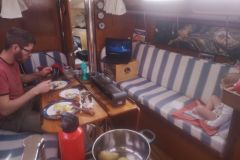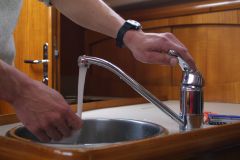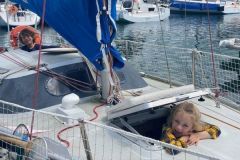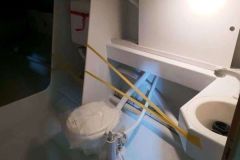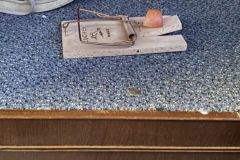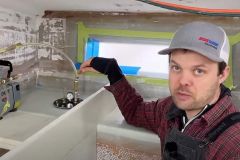Climate change and repeated droughts keep alerting us to the importance of not wasting fresh water. Boating is also concerned, without waiting for regulatory constraints. But how to do it on our boat. Let's make an inventory of the uses of water on board.
Fresh water or sea water?
The first question to be asked is whether fresh drinking water is necessary for the intended purpose when sea water or river water is available.
Thus, cleaning a boat deck can be done with a bucket of sea water. Some salt crystals will remain, but the dirt will be gone. A windshield can be rinsed with a cloth moistened with fresh water for a better finish, but even in this case, the volume of water saved will be significant. Some boats have a seawater pump directly for washing.
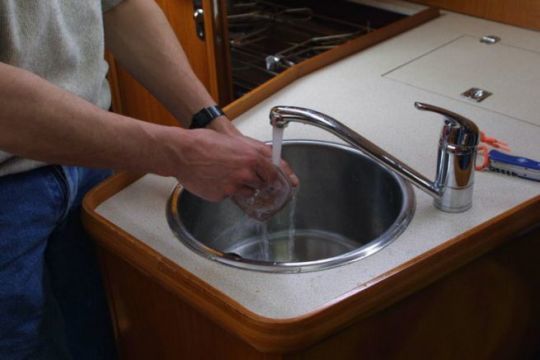
The same reasoning applies to washing dishes. If a fresh water rinse will be useful to avoid that the bowl of compote has a salty taste, no need for drinking water for cleaning. Products adapted to washing dishes in sea water are available at shipchandlers. A good bucket of seawater will do the trick, and a foot pump will allow you to do this directly in the sink.
Staying in the kitchen, cooking water is another possibility to use sea water. While this should be avoided in crowded anchorages, seawater, mixed with fresh water, is perfect for cooking pasta or rice.
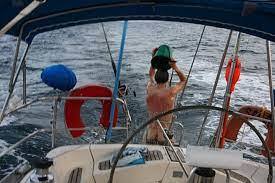
Finally, the personal toilet is also a water consumer. It is quite possible to wash with sea water. Suitable soaps and shampoos exist, which foam like a classic product with sea water. For more comfort, we rinse with fresh water, taking care not to overuse it.
Save water in the tank
When it is no longer possible to do otherwise than use water from the tanks on board, it is advisable to do so with measure. This is already the case in some homes, but it is possible to add on the taps foamers, devices that limit consumption by adding air.
Generalizing the use of foot pumps, instead of pressurized water groups, especially in the kitchen, is also a good way to realize the consumption of water on board and to control its use.

When filling the boat's tanks, it's also important to avoid waste by always keeping an eye on the overflow. Hose adapters can also limit spills.
Find alternative water sources
When the water tank is empty, is it always necessary to connect to the drinking water network? The question is even more crucial in regions and islands with a lack of water. It is therefore a good idea, especially on long trips, to think about rainwater collection methods. After filtering, rainwater can be used for many purposes. You can also consider taking a shower in the cockpit, if the anchorage is not too close!
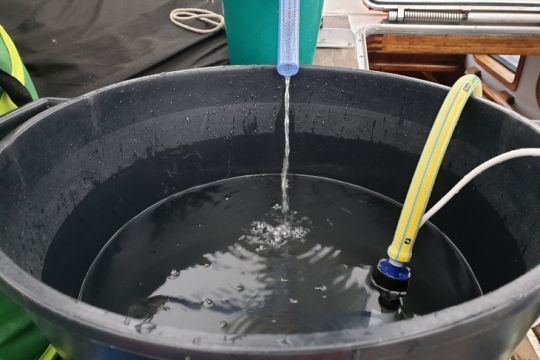
Finally, the sea water surrounding the boat is in almost infinite quantity. Watermakers, even if they represent an investment and consume some energy, are an attractive solution to be autonomous. Manual or solar versions even exist.
Using non-drinking water, limiting consumption... There are many ways to use water in a virtuous way on our boats.

 /
/ 




